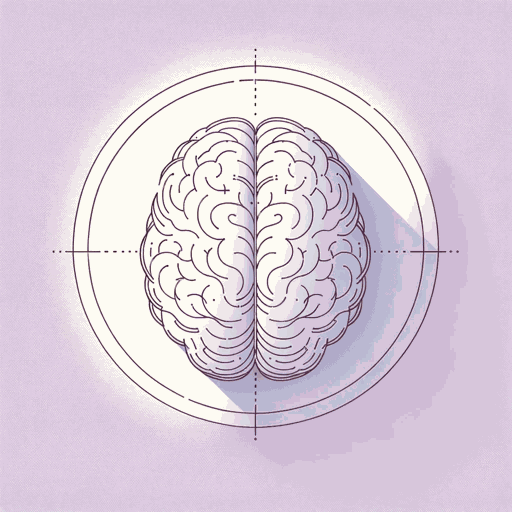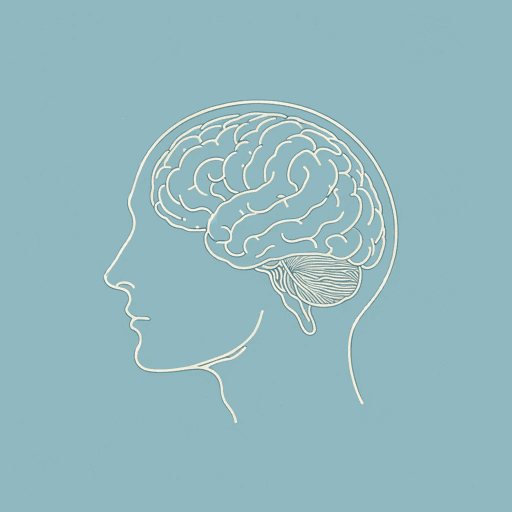56 pages • 1 hour read
David HumeA Treatise of Human Nature
Nonfiction | Book | Adult | Published in 1739A modern alternative to SparkNotes and CliffsNotes, SuperSummary offers high-quality Study Guides with detailed chapter summaries and analysis of major themes, characters, and more.
Book 1, Part 3Chapter Summaries & Analyses
Book 1, Part 3 Summary
Hume discusses the nature of knowledge. Looking over the different types of relations between ideas, Hume argues there are only four types of relations that can provide us with knowledge. These are contrariety (when two things are opposites of each other, like cold and hot), resemblance (when one thing resembles another), degrees in quality (such as shades of a color), and proportions in quantity or number (the amount or percentage of a thing) (118). As a result, Hume says that algebra and arithmetic provide “a precise standard, by which we can judge of the equality and proportion of numbers” (119). This is in contrast to geometry, which is less reliable because it relies on the general appearances of objects and lengths (118-19). According to Hume, even in geometry ideas are just copies of impressions. As such, ideas are “weaker” than the impressions they are based on (120).
Related Titles
By David Hume




